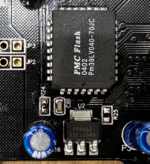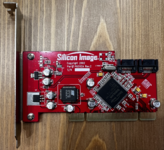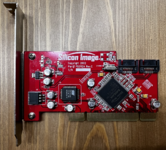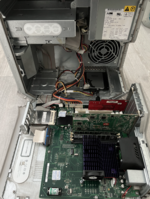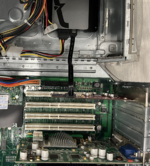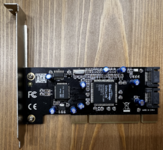I made forks of pciutils, flashrom, and directhw that you can compile on Mac OS X 10.4 and 10.5 and later.
https://68kmla.org/bb/index.php?thr...ng-easier-way-using-flashrom.7013/post-475781
pciutils works (with directhw) so you can do
I think flashrom has everything it needs to work (with pciutils and directhw) but I don't have a PCI card to test it with. If it doesn't work, then output from
https://68kmla.org/bb/index.php?thr...ng-easier-way-using-flashrom.7013/post-475781
pciutils works (with directhw) so you can do
sudo lspci -vvvnnxxx > PowerMac_lspci.txt in Mac OS X to get PCI device info.I think flashrom has everything it needs to work (with pciutils and directhw) but I don't have a PCI card to test it with. If it doesn't work, then output from
lspci from Mac OS X might be helpful.
